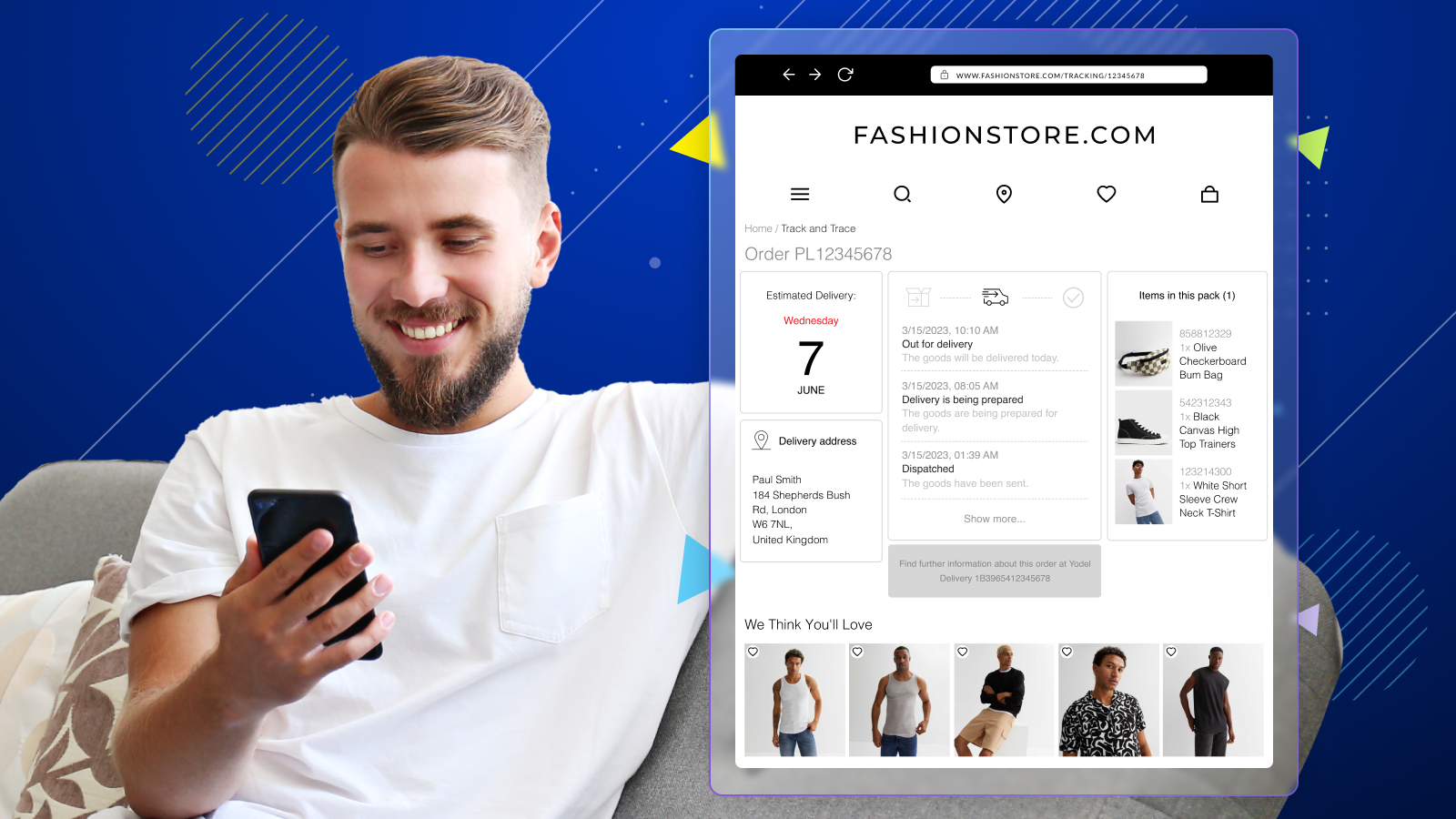Contents
Have a specific question?
Book a DemoHow to improve carrier performance?
Published on: August 18, 2023
Updated: November 17, 2023
Carrier performance can be improved by taking a look at these six items:
- On-time pickup/delivery: Gain visibility into a carrier’s performance by measuring their on-time percentage. When retailers know which carriers are going to have issues, they can prioritize carrier improvement or when they need a different carrier to fulfill orders.
- Communication: Determine how well a carrier proactively communicates when they are experiencing delays. Retailers get blamed when carriers delay shipments which means this should be a heavily weighted factor on the carriers a retailer leverages as well as the need to have backup plans when an issue arises.
- Carrier updates: Measure the number of times a carrier updates their arrival or departure times. This goes hand in hand with the importance of having strong communication with the carriers a retailer is using. It costs retailers time (and money) to continually track down information.
- Tender acceptance: Decrease the amount of waste accepted by the tendering process through measuring the percentage that a carrier accepts.
- Rate/bid consistency: Ensure carriers are honoring the rates they offer by measuring the rates being paid to carriers against their quoted bid rates. If carriers are inconsistent with their bids, they need to improve their bid process.
- Conflict resolution: Evaluate how well a carrier responds to problems such as lack of capacity. By keeping track of this, retailers can see which carriers are problematic and can adjust accordingly.
Retailers can also evaluate carrier performance through utilizing a carrier scorecard which is a tool that evaluates logistic service providers’ (LSPs) and third-party logistic providers’ (3PLs) performance by tracking key performance indicators (KPIs) and the health of your carrier relationships.
How can retailers manage failed deliveries based on poor carrier performance?
Failed deliveries can hugely impact retailers’ margins, particularly in categories where the average order value is less than $200. What is more difficult is to measure the cost of a lost customer, which depends on how much a brand spends to attract a new one. Most brands typically lose money on the first buy, so gaining trust during the first delivery experience is critical to driving repeat sales and profitability.
The key to managing a poor delivery experience is to try to prevent failure in the first place. Here are the four ways retailers can reduce failed delivery rates:
- Accurate delivery date prediction – Knowing when an important item will arrive can help customers plan for the best delivery time and location
- Offer the option to buy online and pick up in-store – Allow customers to collect their order at a time that is convenient to them. Retailers can even create a communications flow to remind customers to pick up orders during a specific time window.
- Real-time order tracking – Help customers keep up with any changes that may occur on the delivery date so they are not surprised when their order comes early or late and they aren’t left wondering where their order is.
- Provide options – Allow customers to change an address or reschedule a delivery when a package is en route and add an easy-to-find link to the carrier’s website for in-flight rerouting options on the branded order tracking page.
Learn More
Provide a predictive delivery date that increases conversions, reduces uncertainty, and improves customer satisfaction.
Learn moreEnhance your post-purchase journey with personalized communications that keep customers informed every step of the way.
Learn moreTurn potential customer dissatisfaction into an opportunity for revenue retention by digitizing your returns process.
Learn moreTransform Your Post-Purchase Experience
Learn more about how parcelLab can get you up and running quickly.
Book a demo
